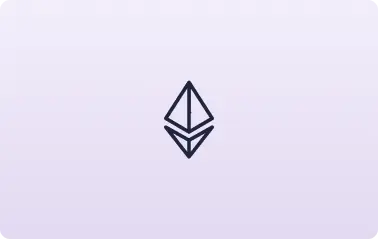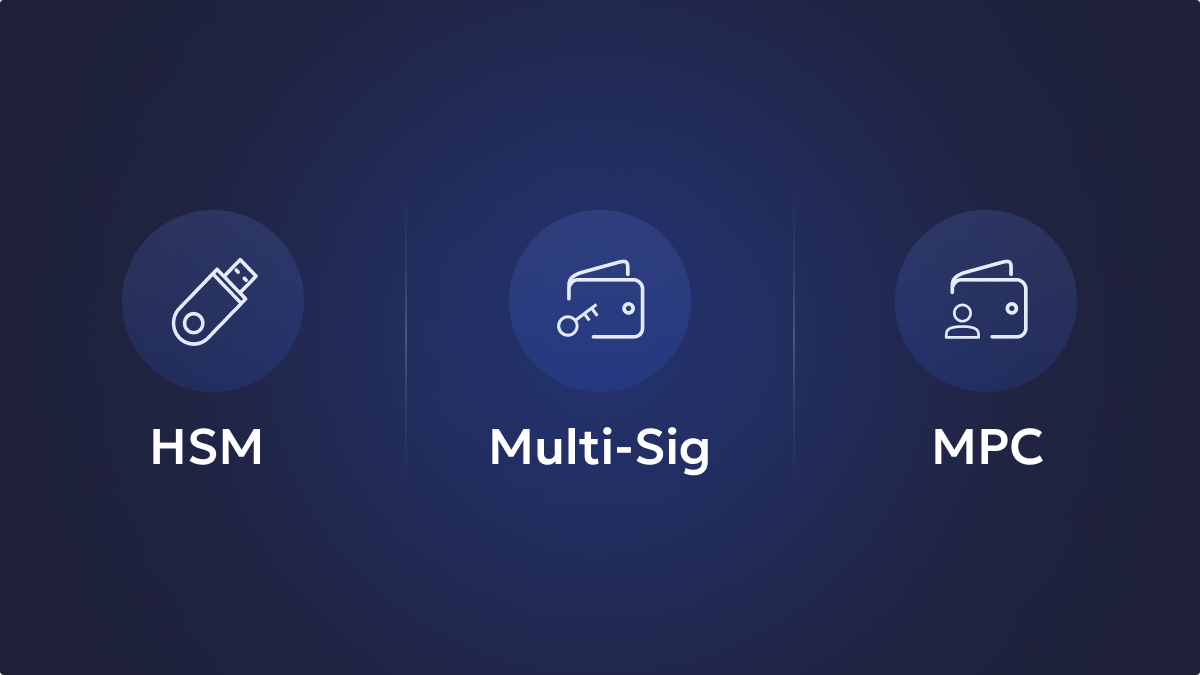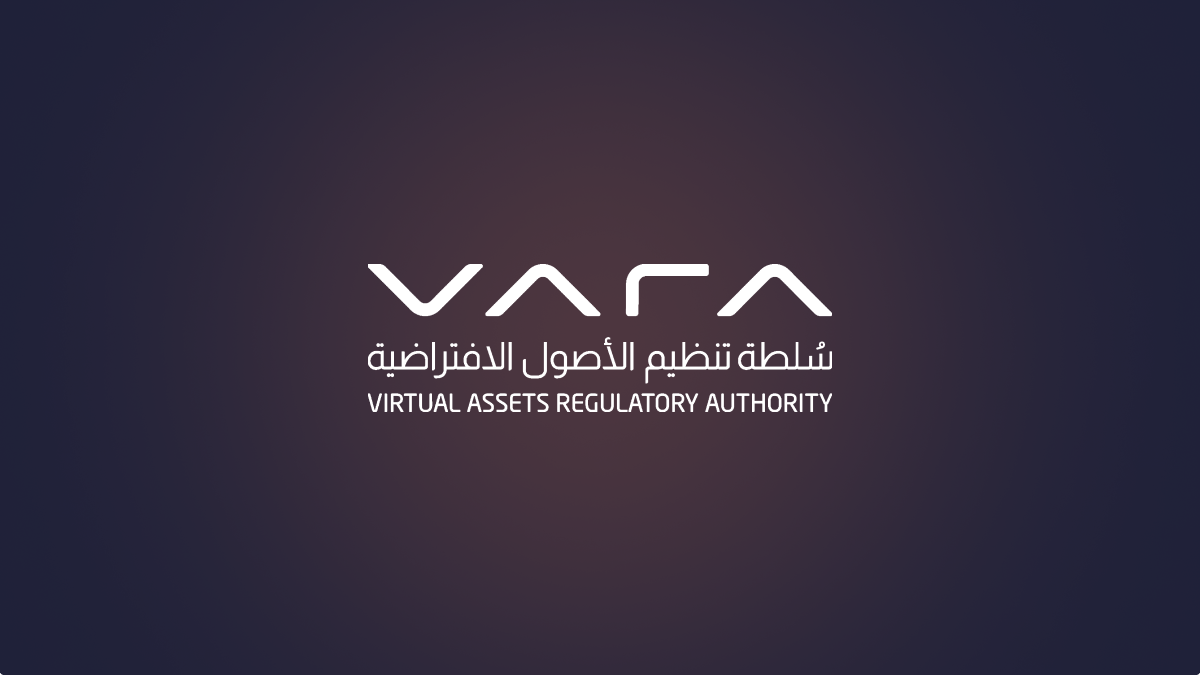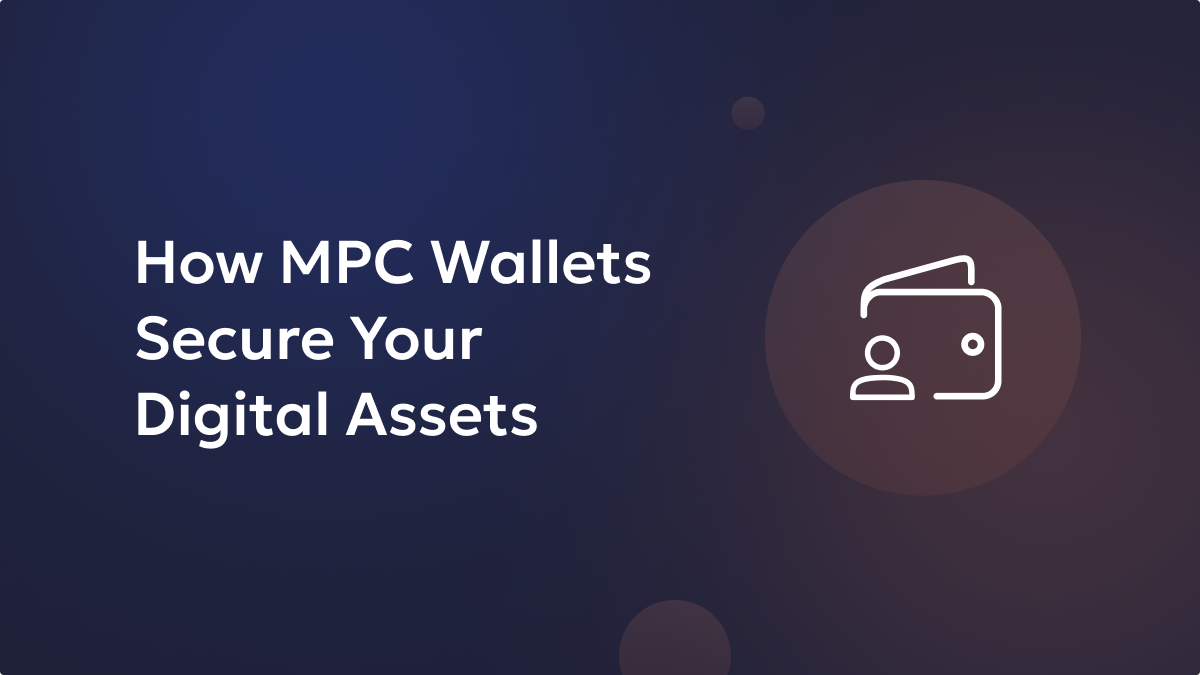The popularity of blockchains and their native crypto assets is skyrocketing, thanks to the decentralized, permissionless, peer-to-peer transaction capabilities they offer on a global scale. These blockchain ecosystems are gradually replacing the necessity of third-party intermediaries across various domains and, more importantly, substituting conventional financial solutions with novel DeFi applications. The versatile utility of blockchain solutions ranges from simple to complex financial transactions and beyond, including decentralized web infrastructure and more. Its unlimited potential to revolutionize various sectors through innovative applications has heightened the interest in blockchain technology among the masses.
Meanwhile, like any evolving new technology, blockchain protocols are also faced with issues that affect full-fledged adoption despite obvious potential. While some of the well-known obstacles originate from external sources like governments, regulatory bodies, and centralized financial entities, few happen to be legacy issues that continue to plague existing protocols. These issues in question, collectively known as the “Blockchain Trilemma”, prevent the protocols from achieving the ideal conditions of security, scalability, and decentralization.
What Is the Blockchain Trilemma?
A term coined by Ethereum’s co-founder Vitalik Buterin, the blockchain trilemma refers to the correlation between the three important characteristics — security, scalability and decentralization of any blockchain protocol. Today, as the number of blockchain projects and users continues to increase, there is a need for constant improvements to keep up with the demand. However, the design of prominent blockchain protocols forces developers to trade off one of the three characteristics to enhance the other two.
Unlock the potential of digital assets for your institution
The talk of the trilemma often arises with scalability due to the issues plaguing blockchain throughput, which has become highly evident with the influx of more users than ever. Most blockchain protocols since the introduction of Bitcoin have limited transaction processing capability. As more users start executing transactions on such networks, confirmation times increase drastically, with lots of unconfirmed transactions waiting in the queue. The resulting backlogs and delays in transaction settlement hinder the seamless adoption of blockchain technology by various industries.
For example, the Bitcoin network is known for its strong security and decentralization, backed by a robust proof of work consensus mechanism, which can process around 7 transactions per second. When compared with leading payment processors like MasterCard and Visa, which supports anywhere between 5000 to 24,000 transactions per second, the Bitcoin network’s transaction processing capabilities are quite meagre.
While the possibilities that blockchains like Bitcoin and Ethereum offer are very promising, their use cases are currently limited because of their scalability. Not only does this mean that transaction confirmations take long periods, but the cost of transactions increases, too, due to network congestion, making them infeasible for many.
Secure and manage your digital assets with Liminal
Of course, with Ethereum’s move to the Proof-of-Stake consensus mechanism from the previous Proof-of-Work mechanism, the network seeks to conquer its scalability issues in a phased manner. Additionally, its plans of introducing sharding (a bit on that later) will only send the network transaction rates through the roof. Scalability updates like the change to PoS, however, force the network to trade-off decentralization — stated precisely by the blockchain trilemma. Similarly, Ethereum has been relying on layer-2 solutions from its PoW days to achieve higher throughput. But layer-2 projects are more prone to security issues due to differing consensus and protocol practices from the main layer-1 chain. To understand why such issues occur and why the blockchain trilemma exists, a look into the three aspects of the blockchain trilemma is needed.
Decentralization
Before its move to PoS, the Ethereum network operated on the PoW consensus. PoW was first introduced with the creation of Bitcoin, which allowed for the transaction of funds between parties without the need for intermediaries like banks and financial institutions — in other words, a decentralized network for transactions. PoW involves network participants called miners solving complex cryptographic puzzles to earn a chance to create blocks consisting of transactions verified by other network participants. This means of operating the blockchain across a large, distributed network prevents the concentration of control over the network in the hands of a few, breeding decentralization.
PoW is the reason for the revolution that the world witnessed with the introduction of Bitcoin. Beyond offering decentralization, this consensus mechanism simultaneously secures these networks dealing with user assets.
Security
The need for solving complex cryptographic puzzles in the PoW framework requires a great deal of processing power which does not come cheap. This facilitates the secure functioning of blockchain networks and prevents the issue of double spending, which no decentralized creation before Bitcoin could solve. With blockchain networks, double spending of cryptocurrency is only possible when a bad actor gains enough processing power to control at least 51% of the blockchain’s consensus mechanism, referred to as a 51% attack. This would theoretically allow the attacker to double-spend cryptocurrency and defraud other network users. However, such attacks are highly improbable on well-established blockchains like Bitcoin due to the need for an immensely large amount of power which tends to be very expensive. This offers blockchains the security that centralized financial institutions can provide.
While the PoW consensus mechanism set the basis for the rise of the novel blockchain technology implemented through protocols like Bitcoin and those that followed it, the need for solving time-consuming cryptographic puzzles along with other aspects of the consensus mechanism makes it extremely slow at processing transactions. Scalability, therefore, becomes an issue with blockchains that look to maintain decentralization and security.
Scalability
The lack of scalable measures is what is keeping some of the world’s most popular cryptocurrencies from being used as a means of exchanging value in our daily lives. PoW blockchains especially suffer from scalability issues due to the methods adopted for block creation and reaching consensus. Many PoS chains, therefore, have been created to offer greater scalability, and Ethereum’s switch to the PoS consensus mechanism is looking to achieve the same. PoS removes the need for solving complex power-consuming cryptographic puzzles, reducing the time to create and validate blocks and finalize transactions. Such blockchains, however, face decentralization issues where larger nodes can take control over transaction validation and block creation processes. Moreover, it is a common observation that PoS blockchains have lesser validator nodes than PoW blockchains’ miner nodes due to the upfront staking costs. Of course, worries about centralization on PoS blockchains can be overcome by allowing a larger number of validator nodes to participate in the network consensus. Many PoS chains are looking to do just that as they mature. This is a major reason why Ethereum has moved to this consensus — for scaling to meet increased demands while maintaining decentralization and security at the same time.
Current Solutions to Blockchain Trilemma
The adoption of the PoS consensus mechanism is a route that plenty of blockchains are taking to make their networks scalable. Similarly, other options also exist at the disposal of developers who are seeking to build blockchain networks that are geared towards higher throughput without giving up network integrity and safety, like sharding and more.
Sharding
Layer-1 solutions like sharding are being implemented by blockchains on top of their adopted PoS frameworks, providing them with the capability of handling thousands of transactions per second. Sharding divides the blockchain into several segments called shards that handle the transaction validations of different dApps in the ecosystem. Moreover, the nodes dedicated to each shard hold the transaction history native to the shard as opposed to the transaction history of the entire chain. Distribution of validation tasks and transaction history storage over various sharded segments of the blockchain relieves the massive loads otherwise handled by the main chain, immensely increasing scalability while preserving decentralization and security.
Layer-2 Protocols
Layer-2 solutions, unlike layer-1 solutions that are updated to the existing infrastructure, are independent protocols built specifically to offer higher throughputs for user transactions on the slower layer-1. These protocols work externally with independent consensus mechanisms, processing transactions with higher throughput and rolling them up into a single transaction that represents the initial and final states of the protocol. The bundled transaction is processed as a single transaction on the layer-1 blockchain. These solutions are also known as rollups and are immensely popular with programmable blockchains that have a vast collection of dApps and experience high network traffic. While security issues prevail with a lot of layer-2 solutions, there are certain robust layer-2 protocols that prevent the loss of user funds while offering tremendous speeds and decentralization.
Ideal Solutions to The Blockchain Trilemma Are Coming Soon
Blockchain technology is still in its nascent stages of development and issues like the blockchain trilemma are a part of the development process, which, when overcome, will lead to massive global adoption across various industries. For now, developers working on these protocols are looking into various solutions like change in consensus mechanisms to PoS, PoH (Proof-of-History), etc., and other layer-1 and layer-2 solutions that are all in their experimental phases. With the progression in blockchain development and the obvious ingenuity fostered by those working on this technology, it is only a matter of when the ideal solution is created and deployed rather than a matter of if.
Learn more about Liminal here.
Remember to keep yourself updated on our blog and social media channels.
Related FAQs
1 – What is the blockchain trilemma?
The blockchain trilemma is the challenge of achieving decentralization, security, and scalability simultaneously in a blockchain network. Often, improving one aspect requires compromising on another.
2 – What is the concept of trilemma?
A trilemma is a situation where there are three mutually incompatible or contradictory options to choose from. The blockchain trilemma highlights the difficulty of balancing decentralization, security, and scalability in blockchain systems.
3 – What is an example of the blockchain trilemma?
To increase scalability, a blockchain might centralize some operations, which could potentially compromise decentralization. Similarly, prioritizing security might slow down transaction processing, affecting scalability.
4 – What are the positive effects of blockchain?
Blockchain offers transparency, immutability, security, and efficiency in various applications like finance, supply chain, and voting systems. It can reduce fraud, improve traceability, and streamline processes.
5 – What makes Blockchains secure and trustworthy?
Blockchains are secure due to cryptography, decentralization, and immutability. Transactions are encrypted, distributed across multiple nodes, and once recorded, cannot be altered.
6 – What are the three pillars of blockchain?
The three pillars of blockchain are decentralization, security, and scalability. These are the core concepts that define and drive blockchain technology.






